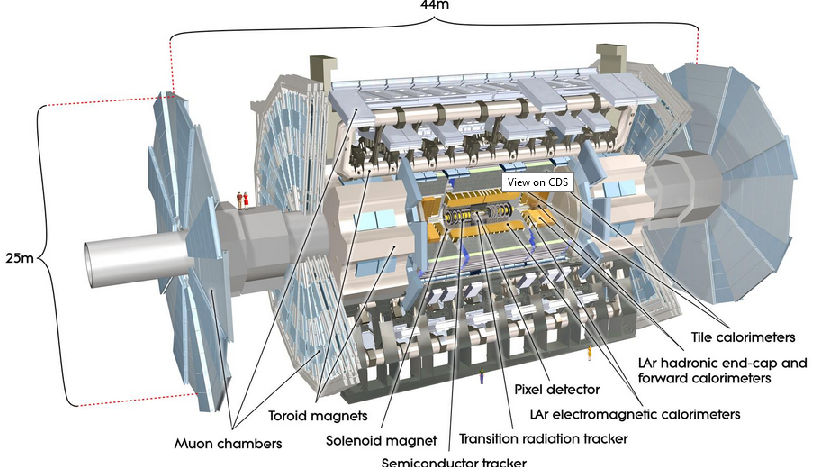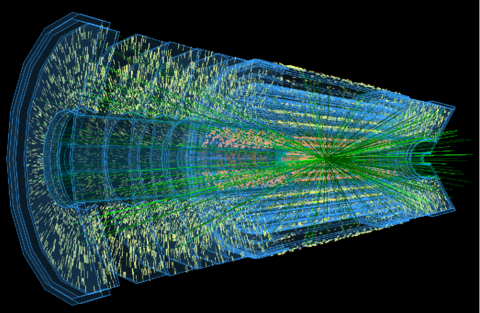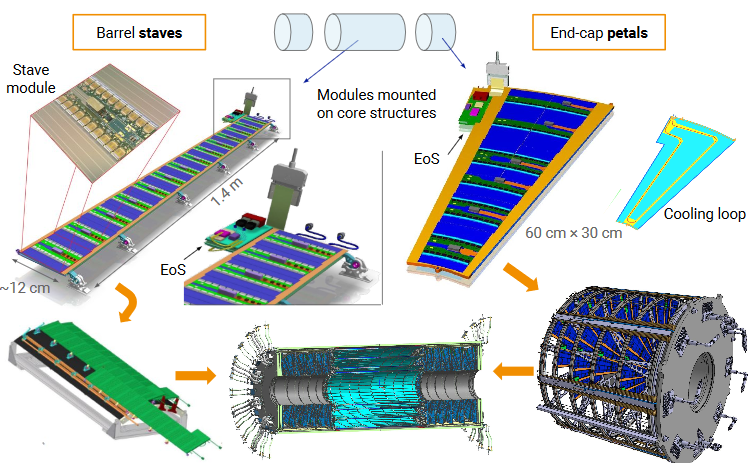ATLAS' scientific exploration uses precision measurement to push the frontiers of knowledge by seeking answers to fundamental questions such as: What are the basic building blocks of matter? What are the fundamental forces of nature? Could there be a greater underlying symmetry to our universe?
In addition, we now know most of the energy content of our universe is unknown to us, and not within the purview of what is an established theory the “Standard Model” (SM). An unknown form of energy called Dark Energy (DE) and an unknown form of matter beyond our knowledge of ordinary matter called Dark Matter (DM) consist of the ~96% of the energy content of the universe. We are also searching for these, in particular, the DM. Generally Supersymmetric theory (SUSY) has been popular for solving some of the mysteries; these are also hunted at the LHC experiments.


